Sugar is addictive. And quitting sugar is hard. Why? Sugar consumption triggers the release of natural opiate and dopamine in the brain - happy brain chemicals. This lowers the availability of receptors that bind to these happy brain chemicals. And less receptors mean that we now need more sugar to create the same amount of stimulation which encourages addictive behaviour. If we don’t get the sugar, we crave it. Hence, addiction.
Processed food companies have known this for decades. When we went through the low fat craze food companies just reduced the fat content and increased the sugar content which increased both sugar addiction, obesity and of course profits.
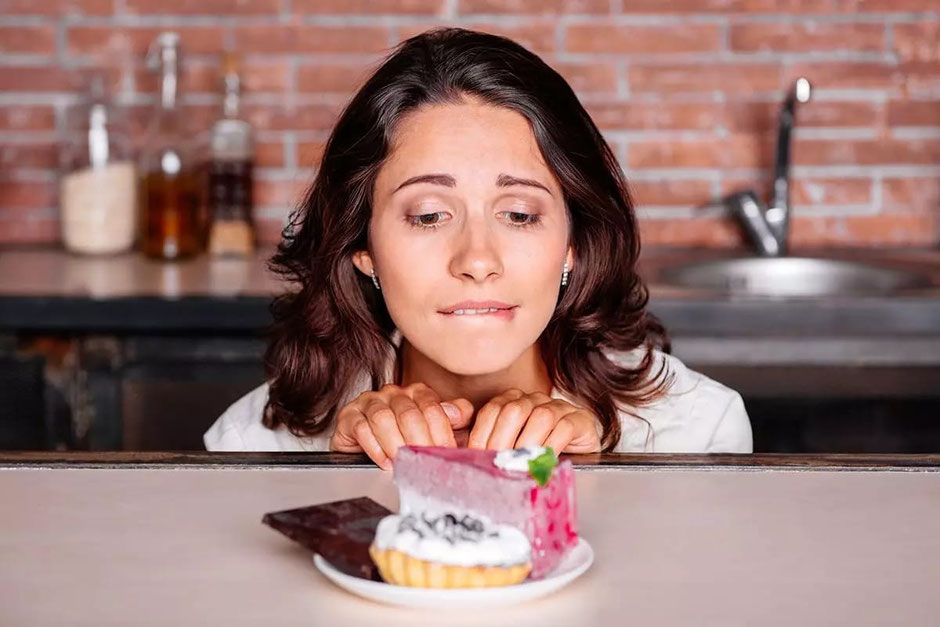
So what do we do? Just use a bunch of willpower and quit sugar? That might work for a few people but for the majority it doesn’t. Especially in the long run. A better way is to dampen the opiate reward system that is released when we consume sugar without making too many changes. Once we’ve done that, we will crave it less.
#1 Understand
First, understand which foods are high in sugar, or have sugar like similarities at a biochemical level. Know that white bread, whole wheat bread and breakfast cereals are high sugar foods that have exactly the same effect on the brain as white sugar. And of course the more obvious culprits that you probably already know about are cakes, cookies, biscuits, crackers, pizza, sugary drinks and processed juices.
Grey area foods are white rice, pasta, noodles and potatoes. More on these later.
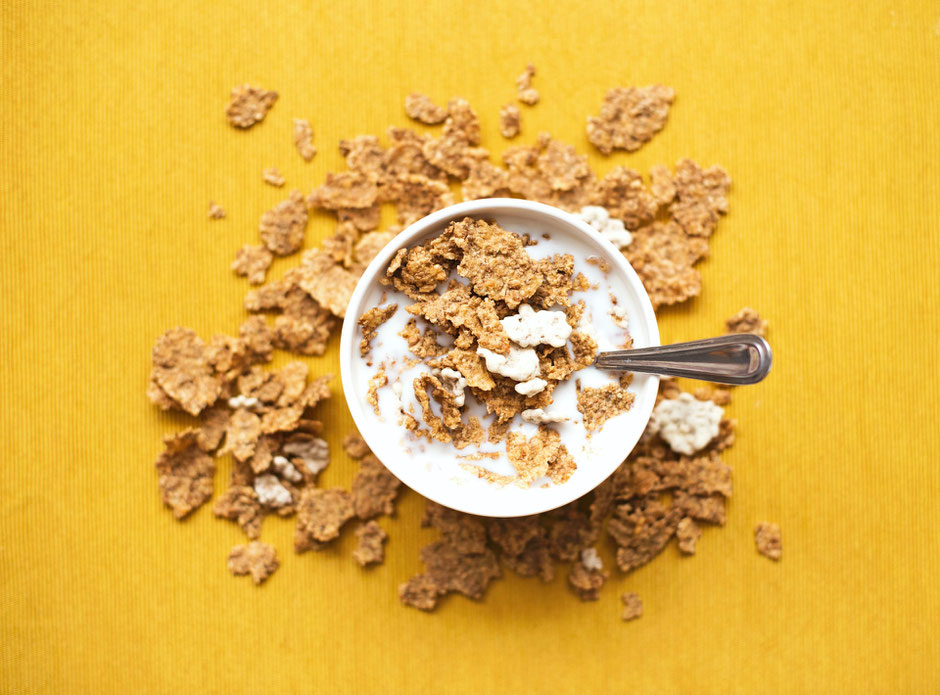
#2 Desserts
Replace all sugary foods with fruit – go crazy on fruit. Make sure you always have a massively stocked fruit bowl in the house to snack on when you would normally reach for that cookie, cake or croissant. This will help satisfy the sweet craving but not provide an opiate/dopamine response. You may still need a bit of willpower to abstain but not as much. If your metabolic typye is more equatorial then this should help weight loss as well (you can read more about metabolic typing here in section 5).
Read more in A Guide to Making any Dessert Healthy.
#3 Cream
You can bling up your fruit with some cream. Consuming sugar and fruit together does not create opiate like withdrawal symptoms as does binging on sugar alone[1]. Throwing some cacao nibs or toasted almond flakes can create a very satisfying additional “crunch” to the dish.
Le Petit Depot in Singapore probably have the best organic creams at time of writing.
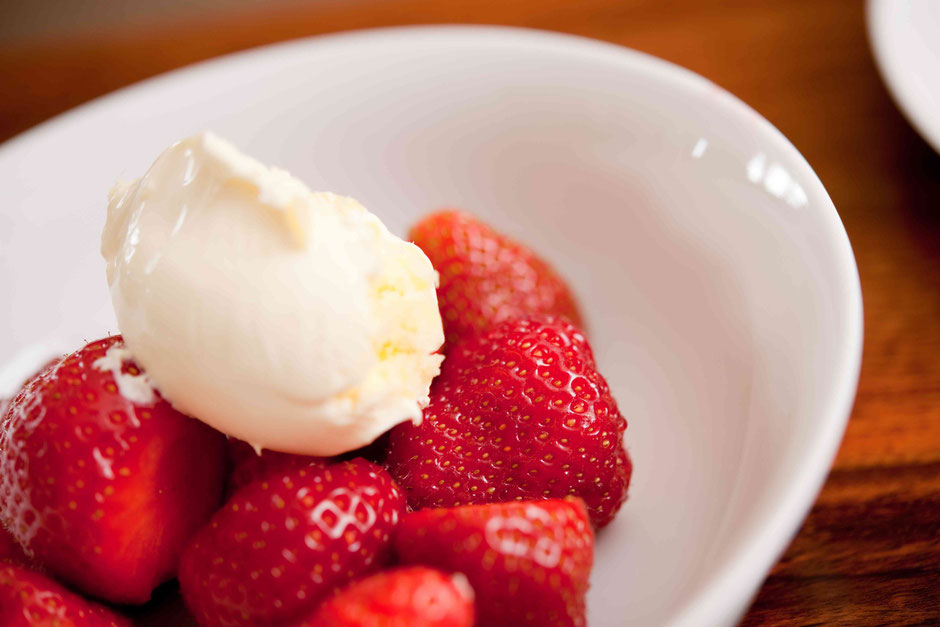
#4 Replacements
Replace high Glycemic Index (sugary) carbohydrates with low Glycemic Index carbohydrates by referring to our table below.
| Best: | pumpkin, squash, gourd, yam, taro, cassava, jicama, carrot, sweet potato | |
| Above average: | activated brown rice | |
| Average: | white rice, potatoes | |
| Below average: | sourdough bread, noodles, pasta | |
| Worst: | cereals, white and brown bread, cookies, crackers, pizza, sugary drinks, processed juices |
#5 Biohack
Always add [2][3][4][5][6].
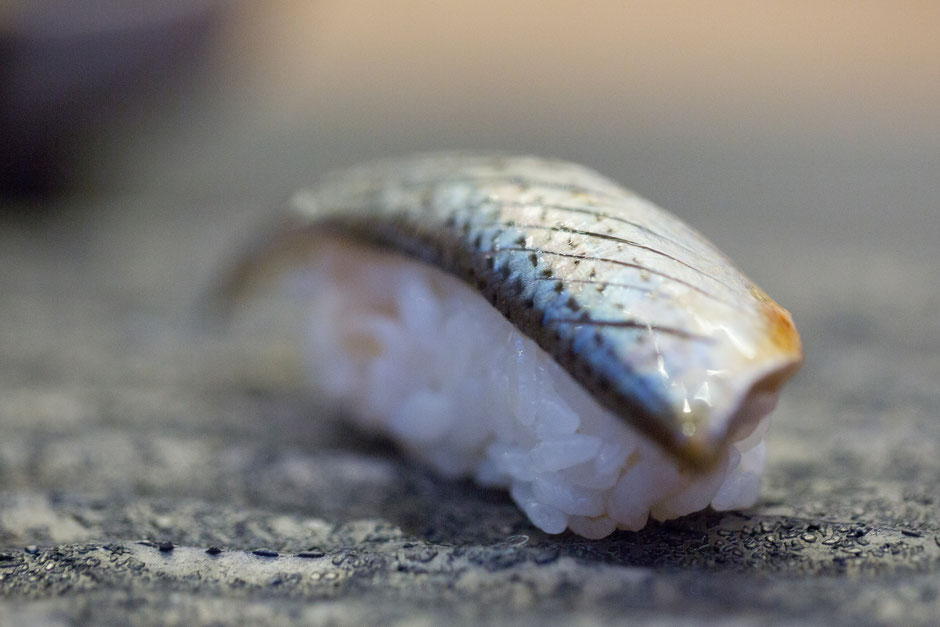
#6 Ketosis
Ketosis is helpful in (a) forcing the body to get back to burning fat for fuel (b) to reset the opiate response from consuming too many refined carbohydrates and sugary foods and (c) resetting the palate so that sweet foods taste “too sweet.” By entering into nutritional ketosis for several days you will help accelerate this process. Nutritional ketosis is defined as keeping your total carbohydrates < 50g per day. This basically means that the bulk of your calories will come from eating animal and fish protein, good fats and lots of green veggies.
#7 Fasting
Fasting will also put you in ketosis. It’s also easier than carb counting – you just don’t eat anything! Your body will slowly burn all the glucose stores in your body (about 200 grams worth) and then it will start burning fat. It will turn some of that fat into sugar to maintain blood glucose levels at a homeostatic level. This is a tricky topic and there’s a lot of confusion and nonsense written about it which is why we wrote a complete guide to fasting here: The Dummies Guide to Fasting in Singapore.
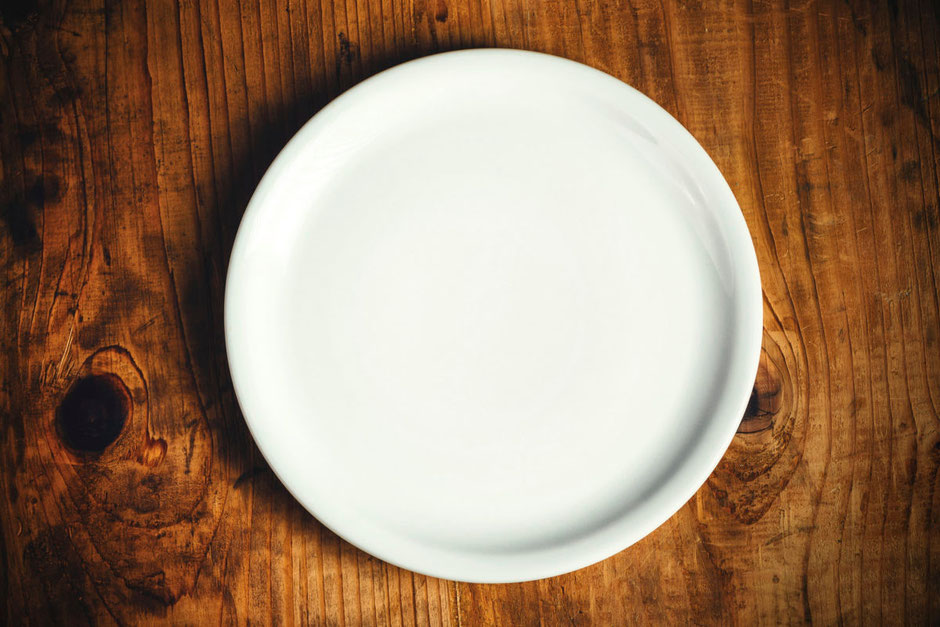
#8 Emotions
And lastly no matter how good your diet is if you’re feeling a bit down in the dumps, fatigued and low on energy you may always crave sugar. This could be a simple case of being too tired and you need to go to bed earlier, or it could be emotional cravings. You feel down, the brain is not releasing much opioids/dopamine, so you crave sugar as a pick me up. Same for alcohol, cigarettes, psychiatric drugs etc. They’re all essentially doing the same thing – waking up those happy hormones.
These can be caused by current lifestyle stressors (i.e. things that are bothering you right now) and historical lifestyle stressors (i.e. things that happened in the past that you may not have let go of yet)]. And working on them with an experienced coach is the fastest way to rewire your brain and start feeling your awesome self again.

Wrapping Up
So there you have it. 8 tips to get you back on track and kick those sugar cravings. Maybe what you could do is rank them in order from 1 to 8 based on how easy they are to implement into your life and try and add one each month. One a week is too aggressive for most peopl. As always feel free to reach out to us with any questions as we just love answering them!
To your health, happiness and longevity,
The Levitise Team
P.S. If you love this blog post then do check out our fortnightly newsletter where you'll get the freshest content on health, nutrition and fitness delivered straight to your inbox. Don't miss out and sign up here.
Footnotes
[1] Rats that binge eat fat-rich food do not show somatic signs or anxiety associated with opiate-like withdrawal: implications for nutrient-specific food addiction behaviors, 2012. https://www.ncbi.nlm.nih.gov/labs/pmc/articles/PMC3480195/
[2] Relationship between the rate of gastric emptying and glucose and insulin responses to starchy foods in young healthy adults, 1988. https://pubmed.ncbi.nlm.nih.gov/3048076/
[3] Glycemic index of single and mixed meal foods among common Japanese foods with white rice as a reference food, 2003. https://pubmed.ncbi.nlm.nih.gov/12792658/
[4] Gastric emptying of a solid meal is accelerated by the removal of dietary fibre naturally present in food, 1995. https://pubmed.ncbi.nlm.nih.gov/7615267/
[5] Effect of adding the novel fiber, PGX®, to commonly consumed foods on glycemic response, glycemic index and GRIP: a simple and effective strategy for reducing post prandial blood glucose levels--a randomized, controlled trial, 2010. https://pubmed.ncbi.nlm.nih.gov/21092221/
[6] Alcohol consumption and cardiovascular risk factors in older lifelong wine drinkers: the Italian Longitudinal Study on Aging, 2010. https://pubmed.ncbi.nlm.nih.gov/19695851/

Write a comment